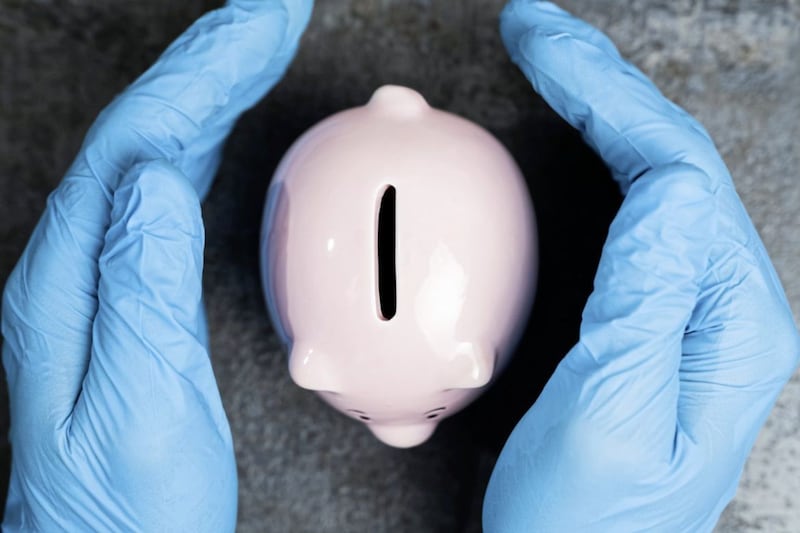THE world around us is constantly changing. But by how much do we adapt or alter our behaviour to these events? Probably not a great deal. It becomes natural to just go with the flow and accept that life is never really constant as our Barclays Investment Solutions team explain.
Is investing any different? With innumerable events occurring across the world affecting economies and markets in different ways every day, should we really expect to earn the same consistent returns year on year? Is there such a thing as a typical year in investing? In a word, no – past performance isn’t a reliable guide to future performance and what’s more, when you study historical investment returns you see that they can vary significantly from year to year. And yet, many investors have expectations around the annual return they’ll get which is a mistake and can often result in dissatisfaction.
Our work in behavioural finance has shown us that in investing it is those deviations from expectations, which lead to happy or unhappy investors. Getting better returns than expected creates happiness while getting less than expected makes for unhappy investors. It will feel appealing ,but judging each year in this way misunderstands one of the essential effects of investment time horizon.
An average year is, by definition, made up of both good and bad previous years, and the reality is that almost no single year will provide you with average returns across each asset class. Examining annual US share and bond returns over the past 90 years shows a very broad dispersion of returns, with just a handful of years when returns are within a small distance of their long run averages. Incidentally, the 'most average' year would be 2004.
Over longer periods, this dispersion of returns reduces and reverts closer to that average return. Investing for the long run as well as looking at longer periods of return may now seem less daunting and more sensible, again reiterating that there is no typical average year. Time really is your friend, which is why it is suggested that you should invest for a minimum of five years.
While diversification reduces the volatility of a fund, there is a way to help you control your own perception of volatility and return. In the same way that increasing your investment horizon reduces the probability of making a loss, checking your investments less often reduces the perception of riskiness that seeing red numbers can bring about, and decreases the probability of you not seeing the average return you envisaged.
The variability of returns is an unavoidable feature of investing. Some years will see very strong returns, some the opposite, and some may feel rather average. Don’t beat yourself up about it – remember, it’s returns over longer periods of time which are important. Staying the course will increase the likelihood that your returns will look like the ‘averages’, which have been positive and better than cash, yet it’s worth remembering that this can’t be guaranteed. Investments can fall as well as rise, although as we explain above, staying invested for the long term, helps reduce the chance of you losing money.
If you‘re itching to change your fund during periods of significant returns, a strategy some follow is to sell a bit when an asset is performing well and shift into others doing less well – this is rebalancing your portfolio to manage risk but also reinforces good behaviours.
The key message here is to try not to get too fixated on those average return figures over shorter periods. Instead, focus on the longer term performance by checking your portfolio less frequently and turning the volume down on some of the day-to-day news stories you hear.
:: Claire McCombe is a private banker at Barclays Wealth and Investments NI








